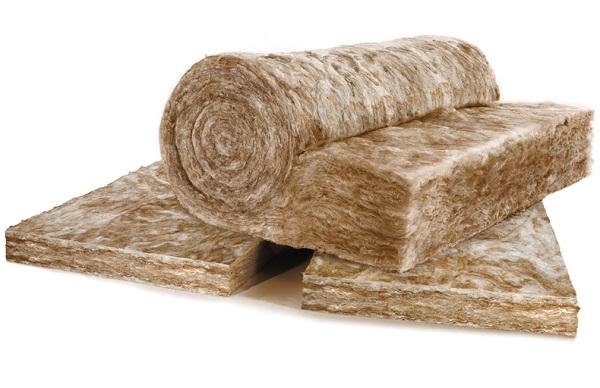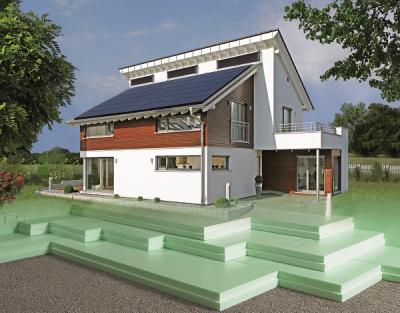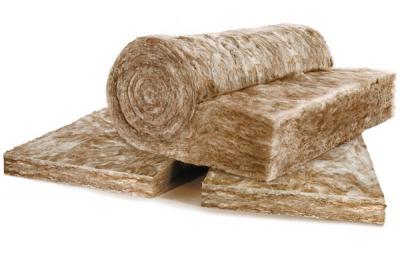Prevent party wall thermal bypass
A significant amount of heat is lost through uninsulated cavity party walls. In fact, recent research suggests the heat loss through party cavity walls in modern houses could be as much as that from all other elements combined.
Party wall thermal bypass occurs where cold air enters the uninsulated cavity at exposed edges. The cavity creates a chimney effect and the cold air rises as it’s warmed by heat conducted through the leaves of the party wall from adjoining homes, before escaping from the cavity into the loft or through the roof.
It was only in 2010 that the Building Regulations recognised the effect of uninsulated party walls and so semi-detached and terraced houses built in the last 65 years (that generally have a cavity party wall) are likely to require a remedial treatment.
How to solve the issue
- Fully fill the empty party wall cavity with mineral wool - this will improve the energy efficiency of the property at a relatively low cost
- Glass mineral wool insulation eliminates air movement that causes party wall bypass by ensuring insulation is in intimate contact with both leaves of the wall
- When used in conjunction with an effective edge sealing, the full fill cavity insulation solution allows a zero U-value to be used within SAP calculations for new dwellings
- Continuous insulation and edge sealing are vital as thermal bypass has also been recognised in warm roof construction
- Unbonded glass mineral wool insulation such as Knauf Insulation’s Supafil Party Wall solution is ideal when retrofitting as it can be injected into party separating walls. Its blue colour makes it easy to identify on site
- For new-build, consider the LABC-Registered Earthwool Masonry Party Wall Slab - a lightweight, non-combustible flexible glass mineral wool slab designed as a full fill thermal and acoustic solution for masonry cavity party walls.
The party wall study was conducted by Leeds Beckett University, Mineral Wool Insulation Manufacturers’ Trade Association (MIMA) and Knauf Insulation. It led to the inclusion of heat lost through uninsulated party wall cavities for existing homes in the latest version of RdSAP.
Sign up to the building bulletin newsletter
Over 48,000 construction professionals have already signed up for the LABC Building Bulletin.
Join them and receive useful tips, practical technical information and industry news by email once every 6 weeks.
Subscribe to the Building Bulletin




Comments
party walls in flats
Submitted 2 years 1 month ago
LABC response
Submitted 2 years 1 month ago
Thank you for your recent web enquiry. LABC is not aware of any other work or method to address your concerns and we recommend that the U-Values contained in Approved Document L should be the reference values for party walls. In buildings with solid party walls or cavity walls that are fully insulated then the reference/limiting U-Value can be treated as 0.0W/m2.K. Detailed guidance on the effect of party walls is available in Approved Document L1A paragraphs 3.3 – 3.8 inclusive and table 3 (similar guidance and tables are available in RdSAP 2012 v9.93). The science disregards the effect of dwellings being occupied and is more to do with an unfilled/poor edge sealed cavity allowing cool air to be drawn in and allowing warm air to rise – as in the chimney/stack effect. Consequently, poorly insulated/sealed party walls can account for high levels of heat loss. If remedial work is being undertaken consideration should be given to the impact on other matters such as sound insulation and fire protection.
Best,
LABC team
Add new comment